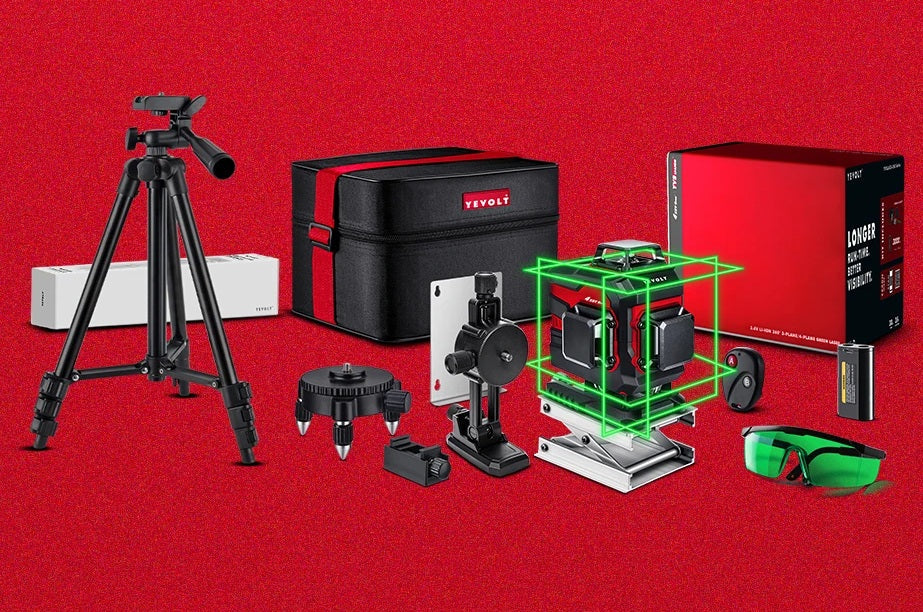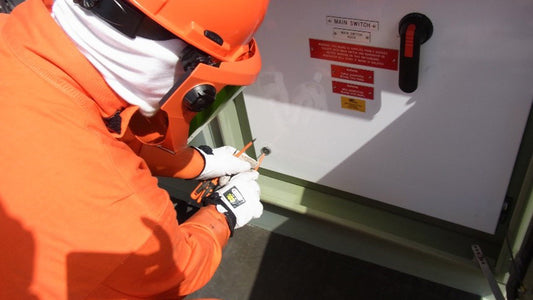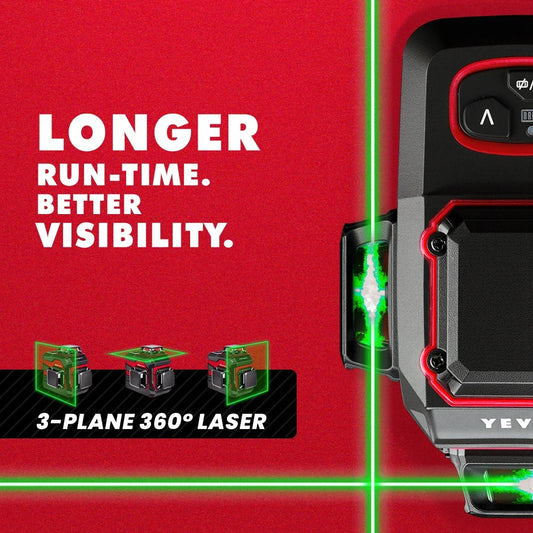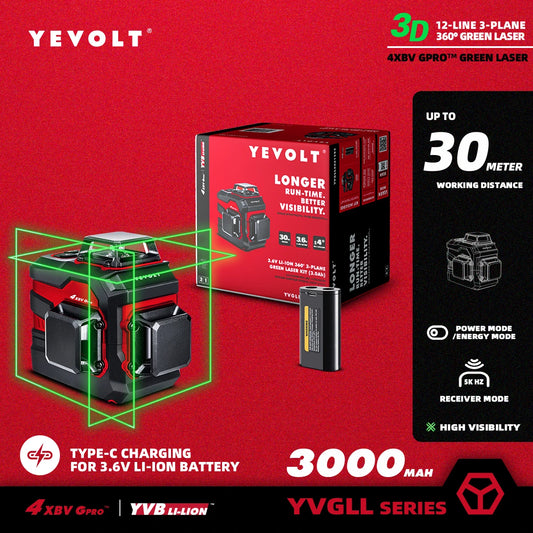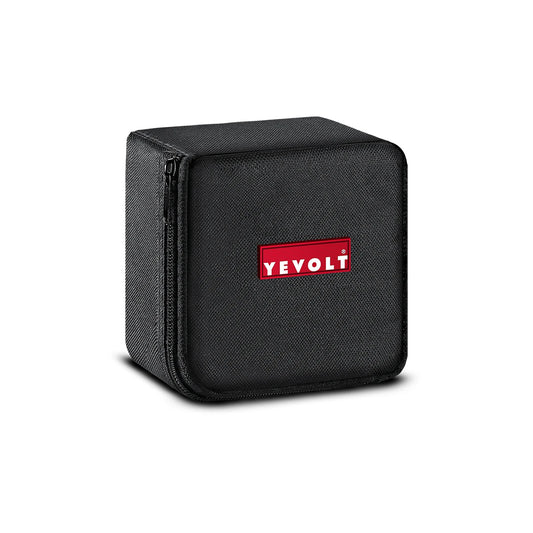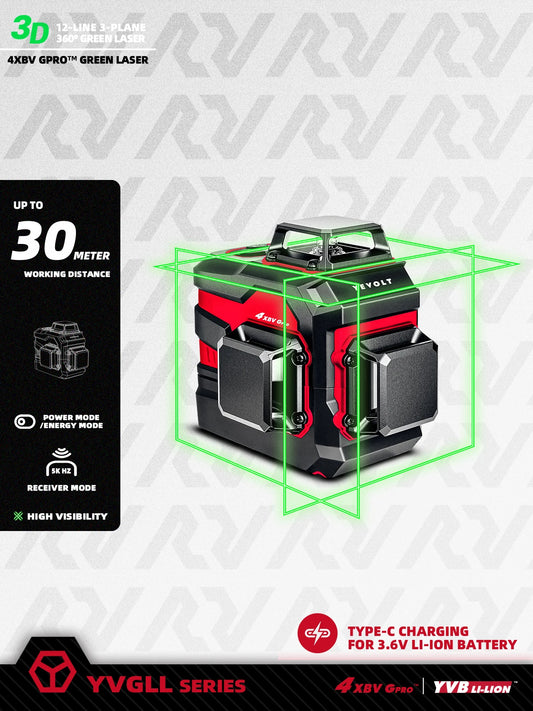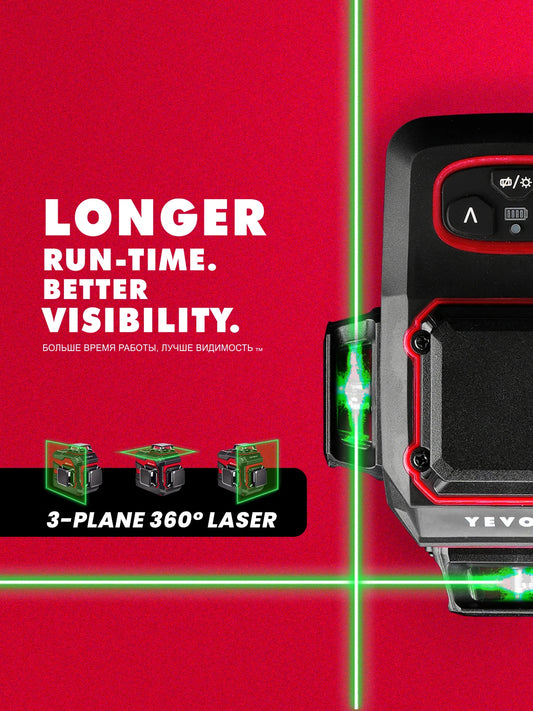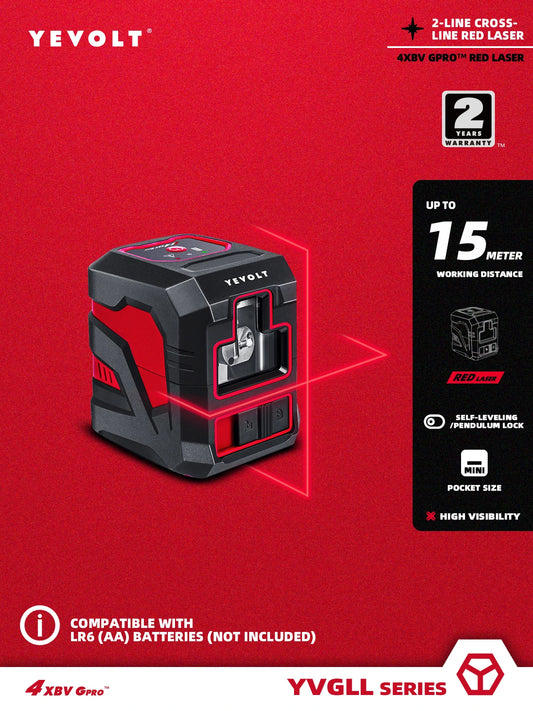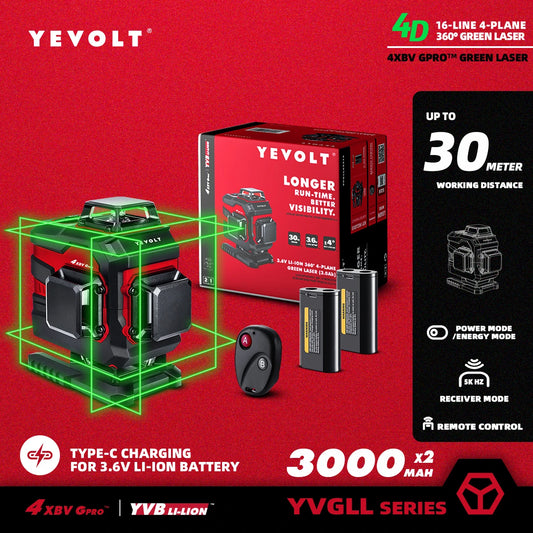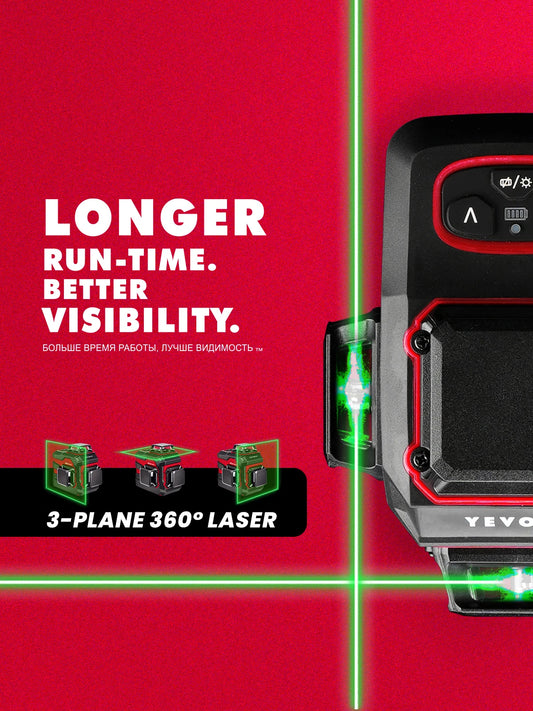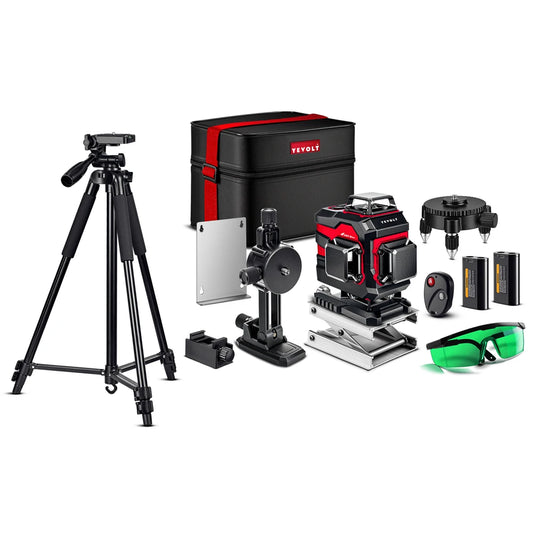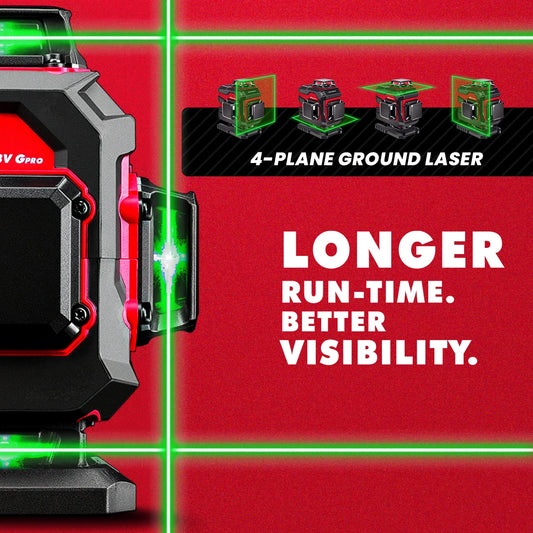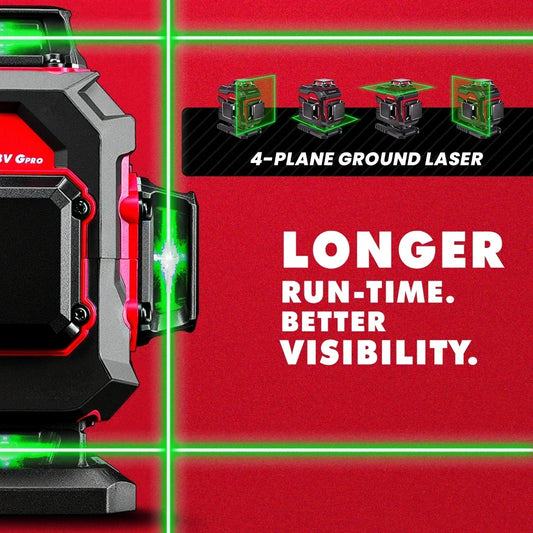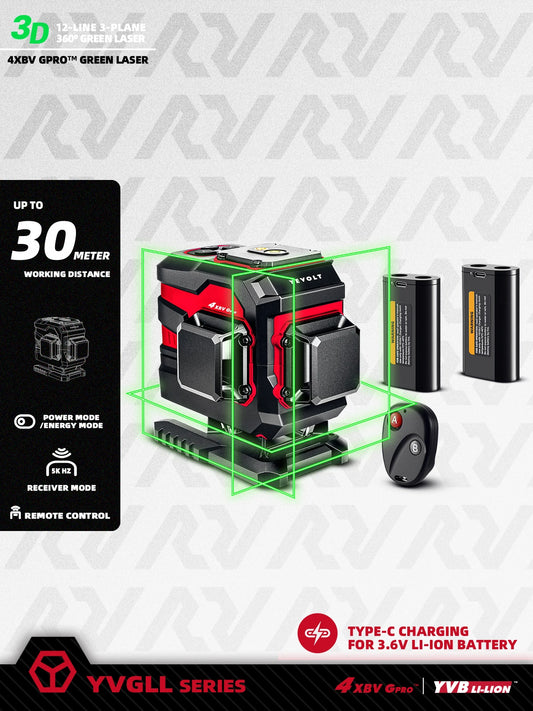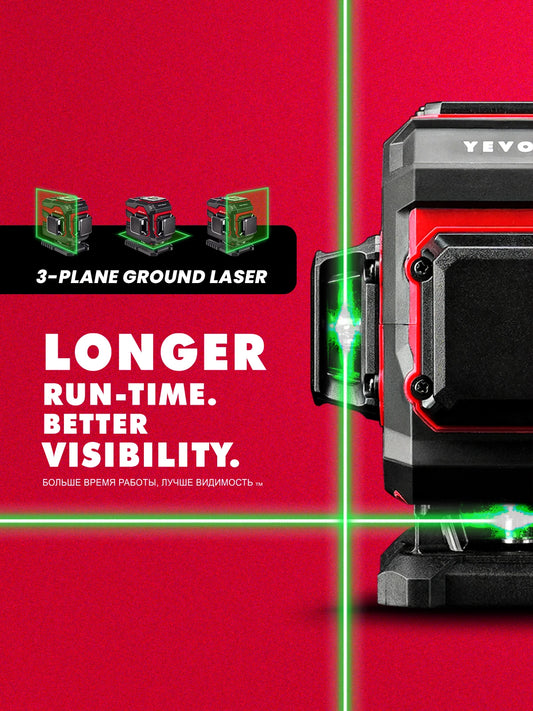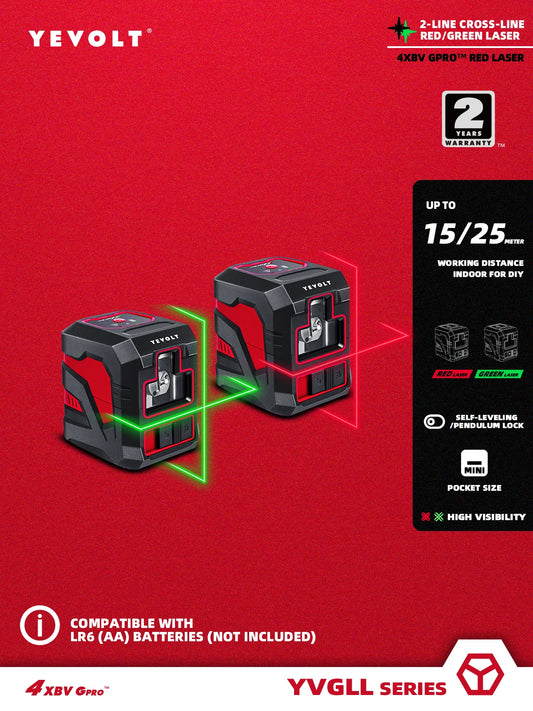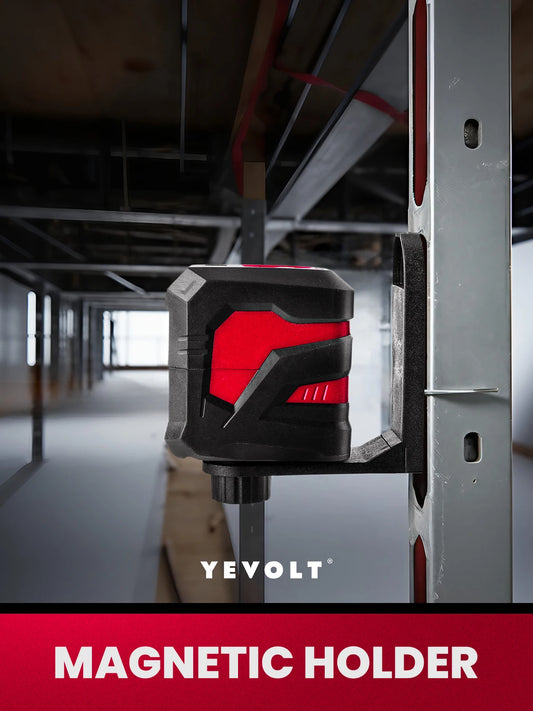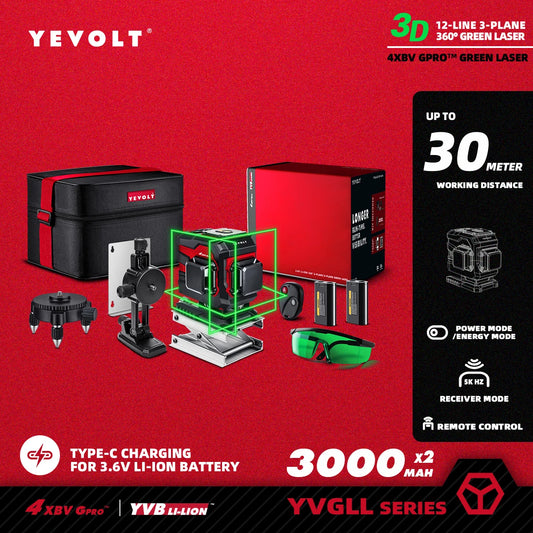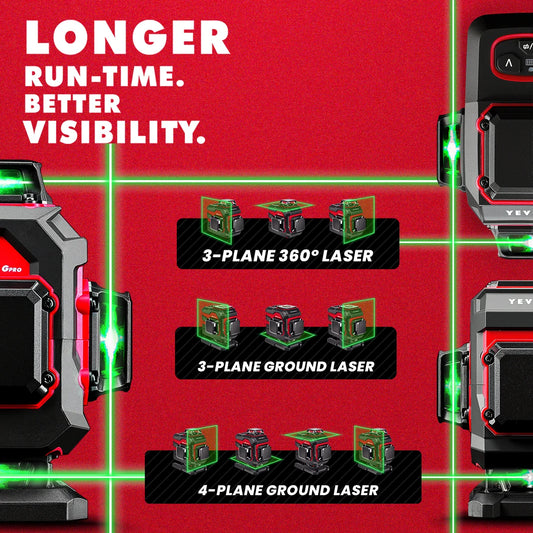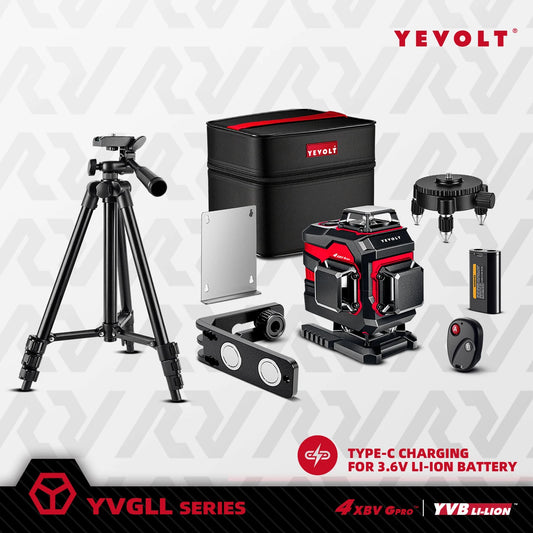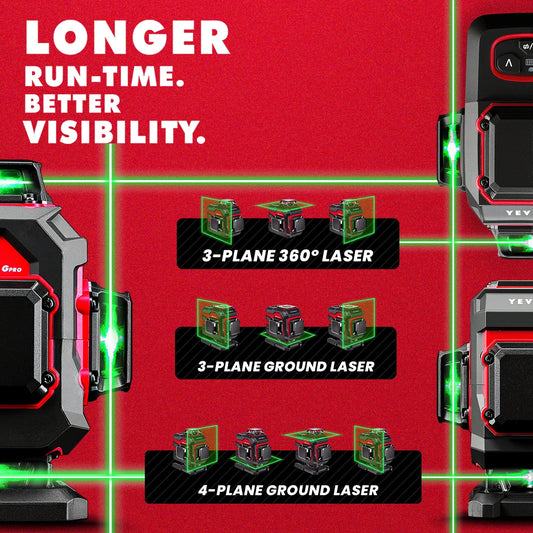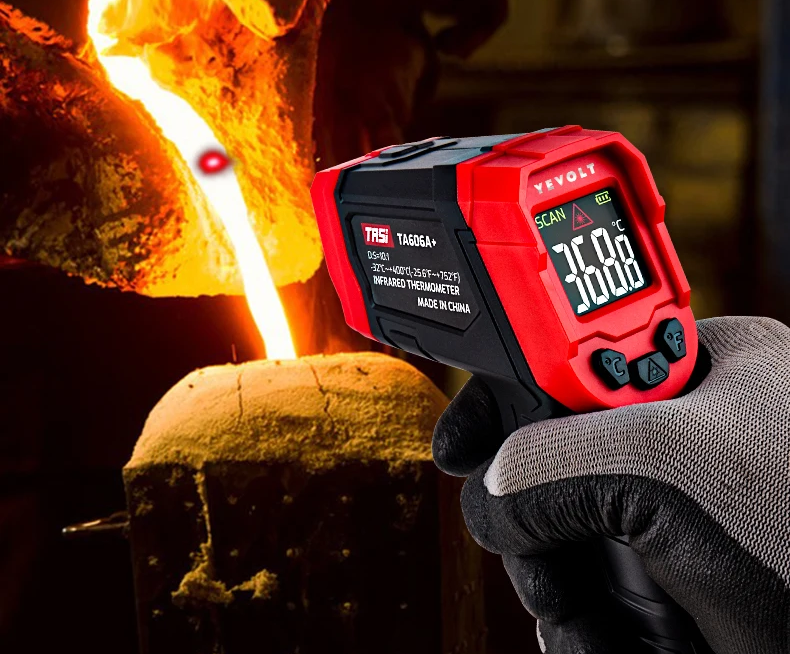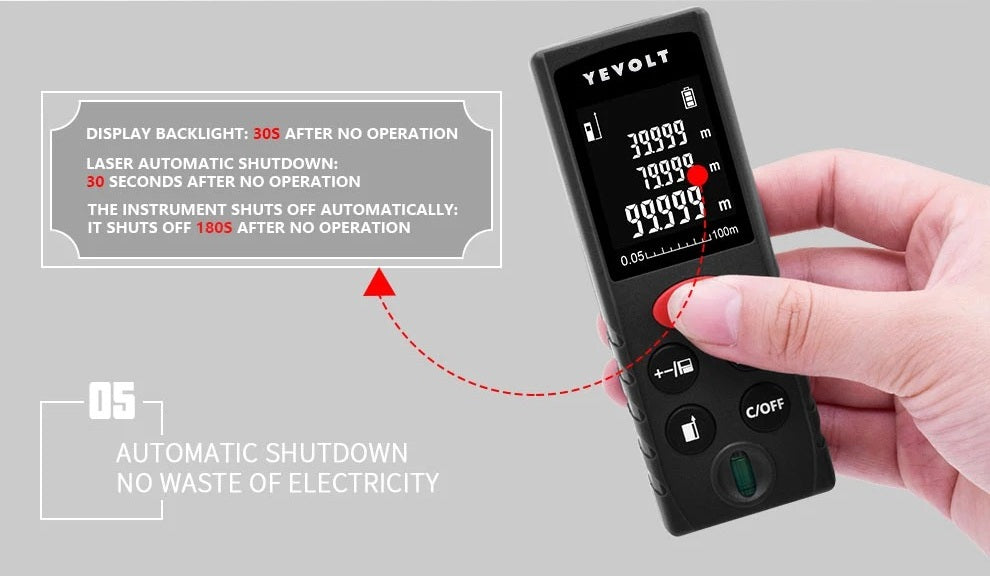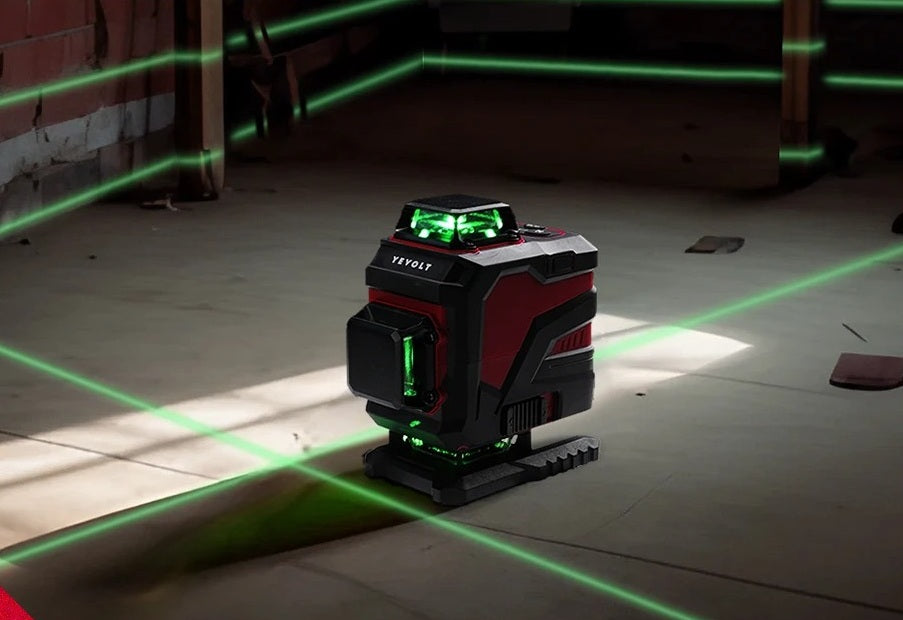OSHA Power Tool Safety Requirements 2025
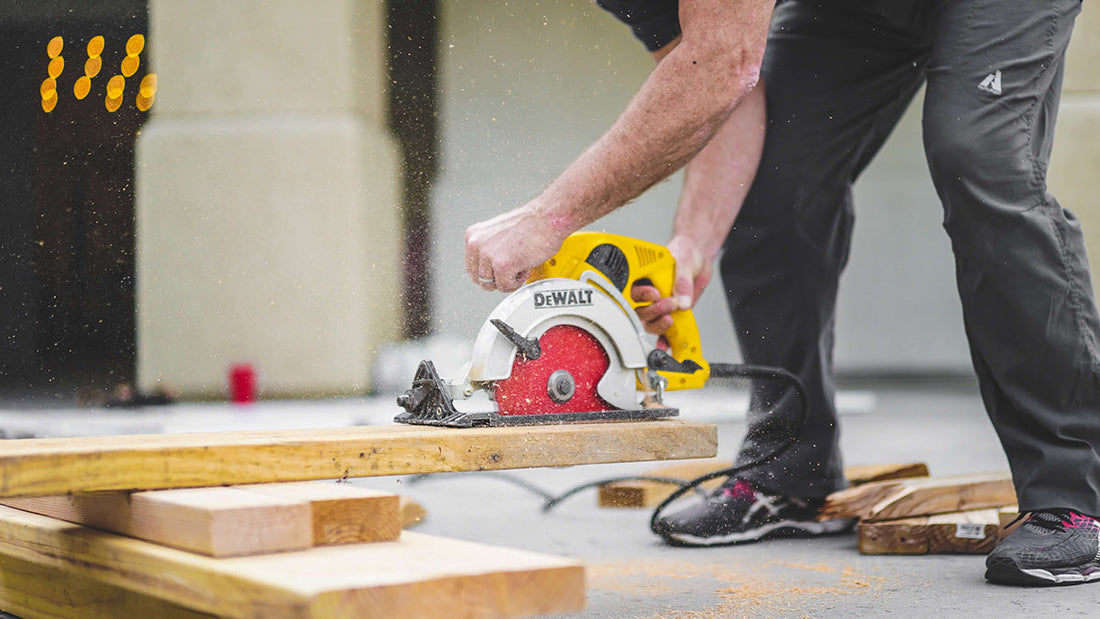
Compartir
When I first started working with power tools, I quickly realized that safety isn’t just a checklist—it’s the foundation of a professional’s credibility. The Occupational Safety and Health Administration (OSHA) sets the benchmark for power tool safety requirements, ensuring that workers stay protected, productive, and compliant. Whether you’re a seasoned contractor, shop manager, or DIY enthusiast, understanding OSHA power tool standards isn’t optional—it’s a responsibility.
In this guide, I’ll break down the essential OSHA regulations, share practical safety practices, and explain how compliance can protect not just your tools, but your livelihood. By the end, you’ll know how to create a safer workspace, minimize downtime, and meet every OSHA requirement confidently.
At YEVOLT.NET, we believe that tool safety, PPE (Personal Protective Equipment), and OSHA compliance are inseparable from performance. So, let’s dive into the specifics of how you can power your projects safely—without risking fines, injuries, or your professional reputation.
Best Power Tools | Shop YEVOLT Best Sellers Now
Understanding OSHA and Its Role in Power Tool Safety
OSHA (Occupational Safety and Health Administration) is a federal agency under the U.S. Department of Labor that enforces workplace safety standards. Its goal is simple: to ensure safe and healthful working conditions for every employee. When it comes to power tools, OSHA’s standards focus on three key pillars:
-
Proper Equipment Maintenance
-
Employee Training and Supervision
-
Use of Protective Gear (PPE)
Every employer—and individual user—is responsible for maintaining tools in safe condition, training workers on correct usage, and providing adequate protective gear. Failure to comply with OSHA’s standards can result in costly penalties and increased liability in case of accidents.
2 Line Lasers | Shop Now

Hammer Drill | Rotary Lasers | Laser Distance Meter | Multimeters | Clamp Meter
OSHA’s Core Power Tool Safety Requirements
1. General Maintenance and Condition (29 CFR 1910.242)
According to OSHA regulation 1910.242, all tools must be maintained in safe condition. That means no cracked casings, frayed cords, or makeshift repairs. The moment a tool is damaged, it should be tagged out of service until repaired or replaced.
Tip from my own shop: Always perform a quick inspection before plugging in or turning on a tool. It takes less than 30 seconds and can prevent serious injuries.
2. Guarding Requirements (29 CFR 1910.243)
Guards are not optional—they’re essential. OSHA requires that power tools with moving parts (like saws, grinders, and drills) have properly installed guards to prevent contact with the operator’s hands or body.
-
Portable circular saws must have guards covering both the upper and lower blades.
-
Bench grinders need tongue guards and tool rests adjusted within 1/8 inch of the wheel.
If you remove or modify a guard, you’re not just violating OSHA—you’re risking your life.
3. Electrical Safety Standards
OSHA mandates that portable electric tools must be either double-insulated or grounded through a three-wire cord. Wet environments require ground-fault circuit interrupters (GFCIs) to prevent electrocution.
Always check for the UL (Underwriters Laboratories) or CSA certification mark when purchasing or using tools—it’s proof that the product meets recognized safety standards.
Cordless Drills | Shop Now
Network Cable Tester | Brake Fluid Tester | Paint Thickness Meter | Stud Finder | Thermocouple Thermometer
Personal Protective Equipment (PPE): Your First Line of Defense
Even the best tools are dangerous without the right PPE. OSHA requires employers and users to provide and use appropriate protection depending on the task.
Essential PPE for Power Tool Operators
-
Safety Glasses or Face Shields: Protect against flying debris.
-
Hearing Protection: Tools like grinders or nail guns can exceed 90 dB—enough to cause hearing loss.
-
Gloves: Use cut-resistant materials for handling sharp objects.
-
Respirators or Dust Masks: When sanding, cutting, or grinding materials that generate dust.
-
Non-slip Safety Boots: Prevent slips and provide grounding against electric shock.
I can’t count how many times proper PPE saved me or a crew member from serious injury. Investing in it is investing in your career.
Infrared Thermometers | Shop Now

Hygrothermograph | Moisture Meter | Illuminometer | Anemometer | Sound Level Meter
Power Tool Operation Best Practices Under OSHA
Training and Authorization
No one should operate a power tool without training. OSHA emphasizes that only qualified and authorized personnel should use specialized tools like pneumatic nailers, chainsaws, or powder-actuated guns.
Conduct hands-on training sessions, demonstrate tool-specific safety features, and document every completed training for compliance.
Safe Work Area Practices
Keep your workspace organized and free of tripping hazards. OSHA requires that power cords be routed to prevent damage and tripping. Never operate tools in wet areas unless they’re designed for that environment.
Also, make it standard practice to disconnect tools before changing blades, bits, or performing maintenance.
Common OSHA Violations in Power Tool Use (And How to Avoid Them)
-
Missing or Disabled Guards – Always keep guards intact.
-
Improper Grounding – Use GFCIs and inspect cords regularly.
-
Inadequate Training – Maintain training logs and refresher sessions.
-
Improper PPE Use – Make PPE a requirement, not an option.
-
Damaged Tools in Use – Tag and remove defective equipment immediately.
Avoiding these violations not only saves lives but also shields your company from fines that can reach $15,000 per incident.
Why Compliance Builds Trust and Productivity
As a professional, I’ve seen firsthand how OSHA compliance transforms the job site. Teams that prioritize safety experience fewer accidents, less downtime, and higher morale. Clients notice, too—when they see a disciplined, safety-first crew, they know they’re hiring pros.
At YEVOLT.NET, we don’t just sell tools; we empower professionals to work smarter, safer, and with confidence. Every piece of equipment we offer meets or exceeds OSHA safety standards, helping you stay compliant while delivering your best work.
Laser Levels | Shop Now
Final Thoughts: Safety Is a Skill, Not a Rule
Complying with OSHA power tool safety requirements isn’t about bureaucracy—it’s about respect. Respect for your craft, your team, and your future. When safety becomes second nature, productivity follows naturally.
Before every shift, ask yourself: Is my workspace safe enough that I’d let a beginner work here? If the answer is yes, you’re already leading by example.
Voltage Testers | Shop Now
